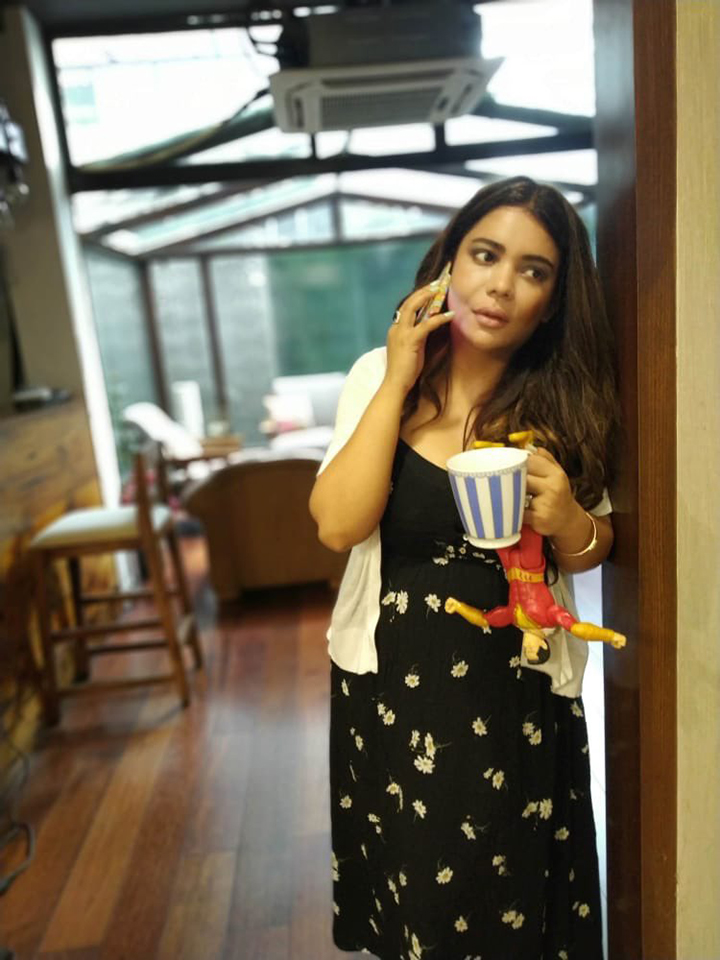Women field reporters, unlike their male counterparts, suffer sexual harassment while operating in a misogynist environment. They feel their own organisations should offer better support
On August 11, three journalists of Caravan magazine– assistant photo editor Shahid Tantray, contributor to the magazine Prabhjit Singh, and a staffer, a woman—were mobbed by a group of about 100 people in north-east Delhi while they were working on a report on Delhi riots.
They were asked to delete the footage they had recorded in the area. In addition, the woman journalist was sexually harassed. “Young men surrounded her and took her pictures and videos without her consent, and verbally harassed her. A middle-aged man exposed his genitals to her, shook his penis and made lewd facial expressions at her,” as per the Caravan magazine communique.
She was subjected to communal slurs, physical assault, and sexual harassment and described the hostile encounter as the “most traumatising experience of my life.” The attack was “the culmination of basically an increase in Islamophobia and distrust of the media,” concluded Hartosh Singh Bal, political editor of the Caravan Magazine in a presser.
No FIR has been registered, despite widespread protests. This attack is another manifestation, as Arundhati Roy put it, of the “propaganda machine is in the hands of Hindutva,” which has no tolerance for dissent.
Apart from the larger rhetoric, this is a straightforward case of sexual assessment of women while in public spaces, while performing her duties. And not for any other reason, at least for sexual harassment, the cases should have been registered and investigated.

The police is of the view, as has been informally communicated to certain select journalists, that it was a police constable who came to the rescue of the woman journalist and ensured her a safe passage. The question remains if that was the case, a police functionary being witness to the sexual harassment, why was the case not registered?
Patriot spoke to the leading female investigative journalists and field reporters to understand how difficult it is to be reporting in a hostile environment. Rohini Singh has covered politics for leading national dailies and these days writes for The Wire. She feels that it’s not so much an issue of Islamophobia but sexual harassment, something that’s not just confined to journalism.
Singh talked about her own experiences, unpleasant ones, where instead of looking at the merit of the case, she was linked to a politician or shamed, or her dress became a matter of public discourse. So, if they don’t agree with a woman journalist or her reportage is inconvenient, politicians and their cahoots, on social networking sites and otherwise, resort to character assassination.
She describes the attack on Caravan journalists as “horrible and terrible” and calls for a proper police investigation. She talks about mob psychology and asserts, “It brings out the worst in people.”
“It happens all the time,” says Rohini, “but I’m not normalising it.” In addition, organisations have a responsibility towards the safety of their reporters, particularly women. When she was with TheEconomic Times, if junior women colleagues were sent for assignments which may require travelling, she’d make sure that arrangements for their safe stay were made.
Referring to the Caravan attack, “I don’t think she was targeted in an Islamophobia attack, but it was misogynistic, anti-woman. Religion is often used to justify misogynist conduct,” she says and re-emphasizes, “Safety of the journalists is also the responsibility of the organisation (they are representing).”
Bhavna Vij-Aurora agrees. She has been a journalist for over 25 years and has done ground reporting in the toughest of conditions. “There have been instances when I have felt unsafe but mostly found the seniors to be supportive. In one case, we had to file an FIR and got all the support from my newspaper. My then editor Shekhar Gupta even arranged for the best lawyer to represent me when the case reached the court,” she recollects.
In the same vein, “It’s incumbent upon the seniors and the management (of Caravan) to pursue the case and ensure an FIR is registered. Saying that the police are not doing anything cannot rid the seniors of the responsibility.” She puts the onus on the organisation and adds, “We have to provide a safe work environment for the women. And the police must do what they are supposed to do—instill a sense of confidence and security among the people.” That doesn’t seem to be the case, lately.
One of the leading women investigative journalists, Neha Dixit is a freelancer, and describes herself as a ‘staunch propagator of ground reporting, hater of ‘I think, I believe, I feel’ journalism.” She says that in the field, the situation is fairly hostile and reporters are prevented from working even on routine stories, let alone any earth-shattering investigation. She advocates for greater institutional support to journalists. They should be briefed about the ground situation and prepared for it, and put in place an organisational support mechanism in the hostile reporting environment.
“This issue is being discussed for a decade now. But the Indian media houses don’t carry out any workshops to better prepare journalists for field assignments,” she says, pointing out that international media organisations like BBC have guidelines and norms in place to ensure the safety of its journalists.

“The situation is even worse with reporters in the rural areas,” she stresses. She describes the case of Tehelka’s photojournalist Tarun Shekhawat, who died at the age of 22 years of cerebral malaria. He got infected while reporting in the forests of Chhattisgarh with little to sustain him but a few bottles of drinking water and packets of biscuits.
Neha is a freelancer and operates, more often than not, without organisational support. She empathises with the Caravan reporters. “I have learned through experience,” says Neha, and in her 13 years of field reporting, feels that in the last 5-6 years, “the situation has become even worse.”
In 2016, she did a story, Operation Babylift for Outlook magazine on how three RSS-affiliated outfits trafficked 31 tribal girls from Assam to Punjab and Gujarat on the pretext of providing them free education, violating the Juvenile Justice Act. She was stopped in the North-east and held hostage in Gujarat, and the police did not come to her rescue. People she was reporting about were “operating with impunity” and collating information for a story was “so much more difficult.”
She is unhappy about one more thing. “All the talk is about trolling on the social networking sites. Get offline into the real physical world—rural and field reporters and photographers,” she implores.
(Cover: Rohini Singh–investigative journalist)





